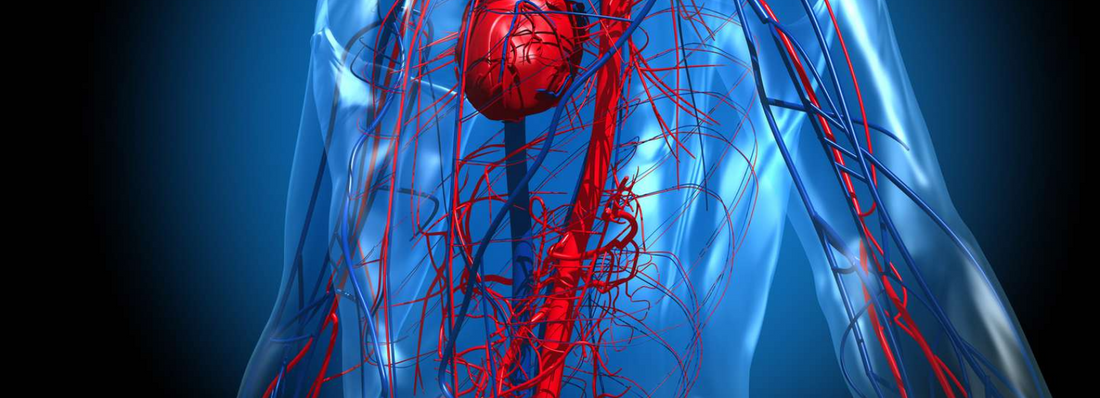
Learning about Blood Flow
Share
Let's learn about blood flow!
No matter how new you are to all of this, you have a basic understanding that blood is the foundation of male sexual health and erectile health (or dysfunction). There are other factors at play; hormones and signaling molecules that send the blood in and keep it there - but let's just focus on the the blood flow in this article.
Blood Flow: Where It Comes In
Arterial Inflow:
- Blood enters the penis through the internal pudendal artery (#1), which branches into:
- Cavernous arteries: Supply the corpora cavernosa.
- Bulbourethral artery (#2): Supplies the corpus spongiosum and urethra.
- These arteries bring oxygen-rich blood directly to the erectile tissues.
.. and Goes Out
Venous Outflow:
- Blood exits the penis via the dorsal vein and venous plexuses, which drain into larger veins connected to the systemic venous circulation.
4. Post-Erection (Returning to Flaccid State)
- The sympathetic nervous system is activated after ejaculation or as arousal decreases, releasing norepinephrine.
- Smooth muscle in the erectile tissue contracts, reducing arterial inflow.
- Venous outflow resumes, allowing blood to leave the penis and return to its flaccid state.
Summary
- The penis consists of spongy erectile tissue (not bone) designed to fill with blood during arousal.
- Blood flows in through the internal pudendal artery and its branches (cavernous and bulbourethral arteries).
- Blood leaves through the dorsal vein and related venous pathways.
- The process is controlled by nerve signals (nitric oxide for relaxation and norepinephrine for contraction), enabling or halting blood flow.


